Primarily designed for the companies which produce goods or forms made of gelcoat or an industrial topcoat with a high toughness degree.
| Weight | Code |
|---|---|
| Bucket 1 kg | 12884 |
| Bottle 1 kg | 13173 |
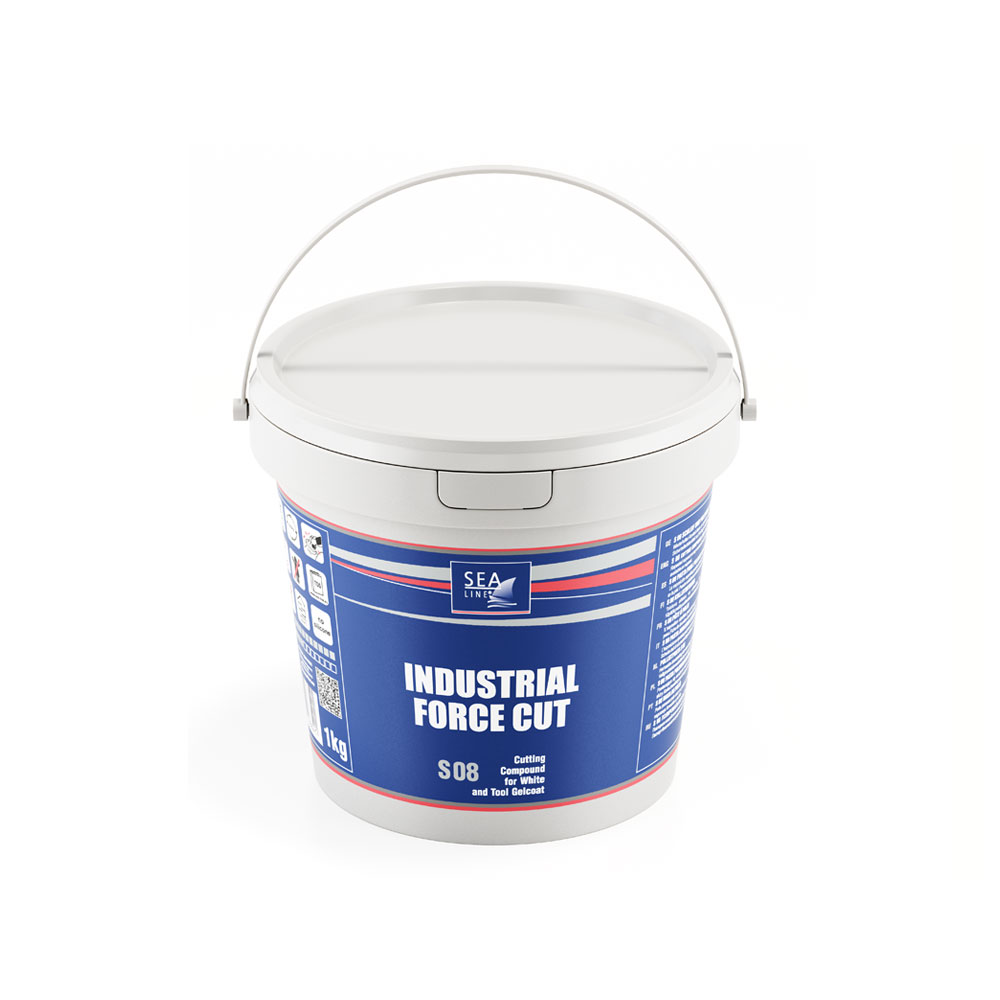
Does not contains silicons or fillers
S08 Industrial Force Sea-Line removes grinding scratches from gelcoat surface after treatment with sandpaper of gradation P600 or higher.
Using S08 Industrial Force compound allows for shortening the labour time thanks to a high cutting force.
Specialistic polishing paste with a very high cutting force which guarantee quick removal of defects and grinding scratches from a different kind of gelcoat (especially for polishing of industrial gelcoat)
| Surfaces | white gelcoat gelcoat finished products tool gelcoat industrial varnishes | |||
| Category | production | |||
| Function | removing defects from the surface | |||
| Consistency | paste | |||
| Surface preparation * | mechanical grinding | manual grinding | ||
| light color | dark color | light color | dark color | |
| gelcoat | P600⇒ | P800⇒ | P800⇒ | P1200⇒ |
| tool gelcoat (technical) | P800⇒ | P1200⇒ | P2000⇒ | |
| high hardness surfaces | P800⇒ | P1200⇒ | P2000⇒ | |
Clean surface destined for polishing.
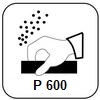
Polish surface with sandpaper of final gradation : minimum P600 →
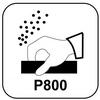
Dark colours or hard surfaces polish with sandpaper of final gradation : minimum P800 →.

Clean surface, apply compound onto an element or head (wool or tough sponge)
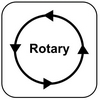
Apply compound at minimum rotations on the whole surface that is being polished (800-1000 rotations/min) polishing until it changes colour and compound changes its texture
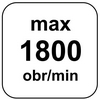
Slowly increase speed max. to 1800 RPM working with a little pressure
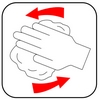
Clean surface. If after using S08 left any defects:
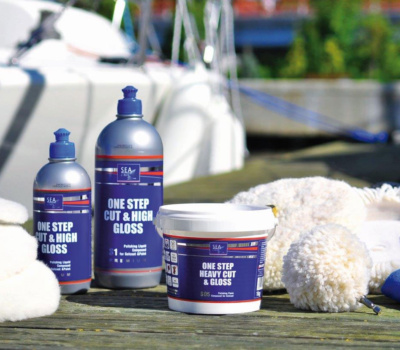
Polishing systems meet all stages of production, as well as during repair work, renovations or
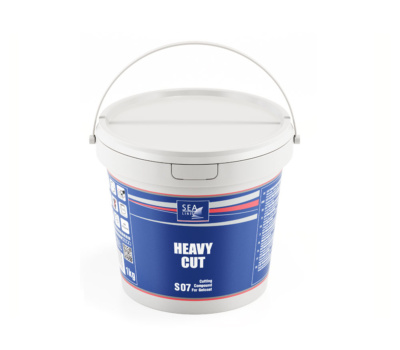
S07 Heavy Cut Sea-Line is specialistic polishing paste with a very high cutting force which
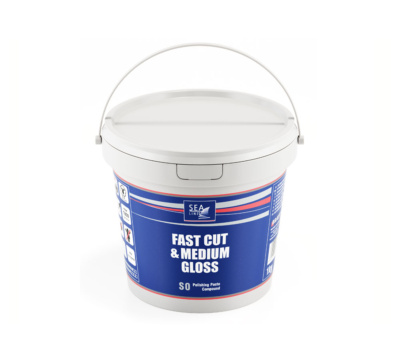
S0 polishing compound Sea-Line is a polishing paste is designed for professionals – manufacturers, shipyards
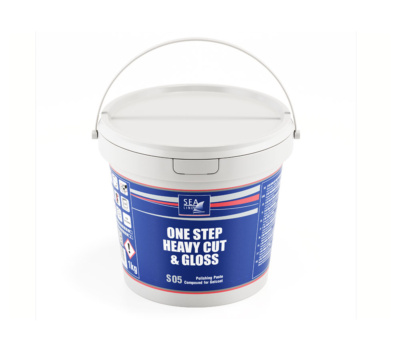
Sea-Line® S05 polishing compound is a one-stage compound with a high cutting force which guarantees
Sea-Line HARD and Sea-Line self-polishing antifouling are not intended for aluminum surfaces. They include copper oxide, which in contact with aluminum causes galvanic corrosion. Especially on aluminum, we offer ALU-PLUS self-polishing anti-fouling paint, which, in addition to excellent adhesion to aluminum, is also 30% more effective than traditional anti-fouling paints.
There is a possibility of thinning antifouling, but we do not recommend this procedure due to the risk of reducing the effectiveness of the paint. If it is necessary to thin the antifouling paint, it is recommended to dilute it to a maximum of 0-5% (by volume).